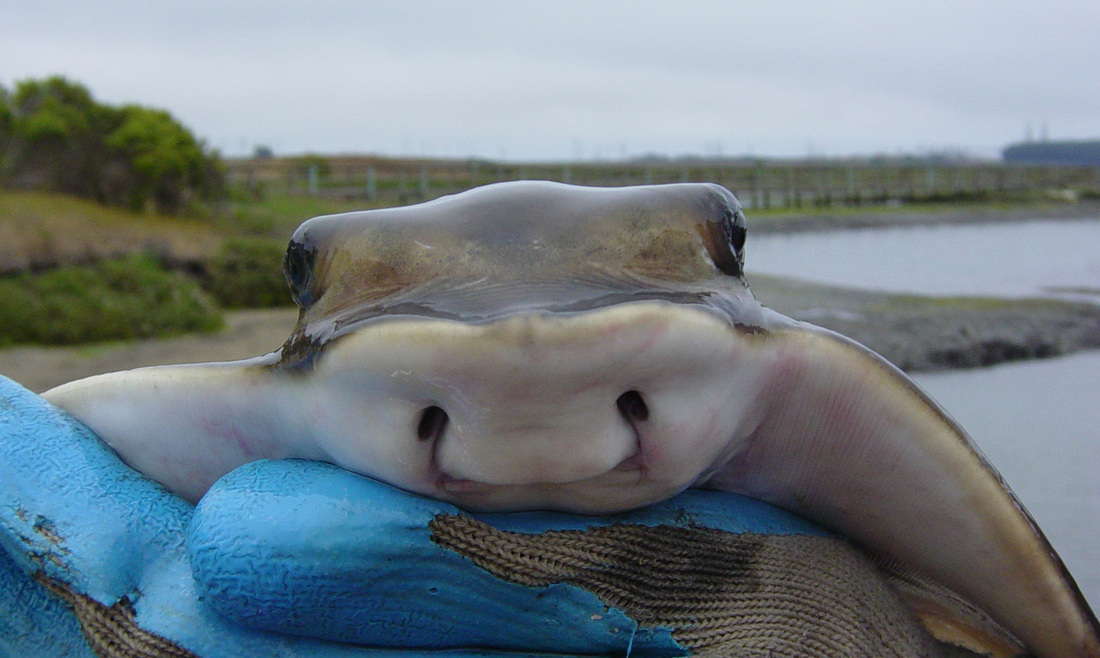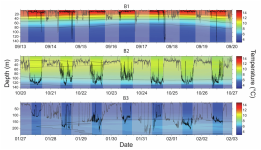Research Overview
|
To address these questions, we use a variety of approaches, including chemical tracer techniques (e.g. stable isotope analysis, trace elements, contaminants), biologging (satellite, acoustic, and other models of electronic tags), and habitat and biophysical modeling.
Our research focuses on understanding how ecology, physiology and the environment interact to influence the distribution, behavior, life history strategies, and ecology of marine and estuarine organisms. Understanding these interactions, and their biological and ecological relevance, is fundamental to understanding the biology and ecology of a species as well as its ecosystem role. Importantly, this information can also be used to foster improved management and conservation practices.
|
Using Chemical Tracers to Study Spatial and Trophic Ecology of Marine Species
Chemical tracers present in tissues of organisms, such as stable isotopes, trace elements, fatty acids, and contaminants, are a powerful tool that can be used to address a wide range of biological and ecological questions across spatial and temporal scales. This includes habitat use, migration, diet, physiology, ecosystem and food web structure & function, and connectivity between habitats and ecosystems.
Tracer approaches can be particularly effective when integrated with other techniques, such as biologging, a rapidly advancing and exciting area of research in which we have been very active. For example, with collaborators we have developed novel analytical approaches that incorporate movement data from satellite tags of pelagic sharks with information on the tissue dynamics of the sharks and chemical composition of their prey. This allows us to better estimate the relative importance of different focal areas as foraging habitats for pelagic sharks and has provided unique insight into their migratory behavior and life history strategies. (e.g., Carlisle et al. 2015, 2012)
|
Using Biologging to Study the Spatial Ecology of Marine Species
In order to understand the biology and ecology of marine species, in situ information on their behavior, movements, habitat preferences, and physiology is required. One of the most effective ways to collect these types of data is through biologging, the use of electronic tags for logging and/or relaying of biological and environmental data. Coupling lab-derived estimates of physiological parameters with biologging, remote sensing, and oceanographic and ecological surveys provides researchers with the ability to ascertain how the physiology of an organism interacts with biotic (i.e. prey availability) and abiotic (i.e. environmental) conditions to influence its distribution and ecology across spatial and temporal scales.
We use a variety of electronic tag technologies to study the movements, habitat use, and behaviors of marine species, including satellite tags, archival tags, and acoustic tags. (e.g., Carlisle et al. 2016, 2011, 2009) |
Header Photo Credit: Scot Anderson
|
Aaron B. Carlisle, Ph.D.
School of Marine Science and Policy College of Earth, Ocean, and Environment University of Delaware Lewes, DE [email protected] |
Copyright © 2018 Aaron B. Carlisle






